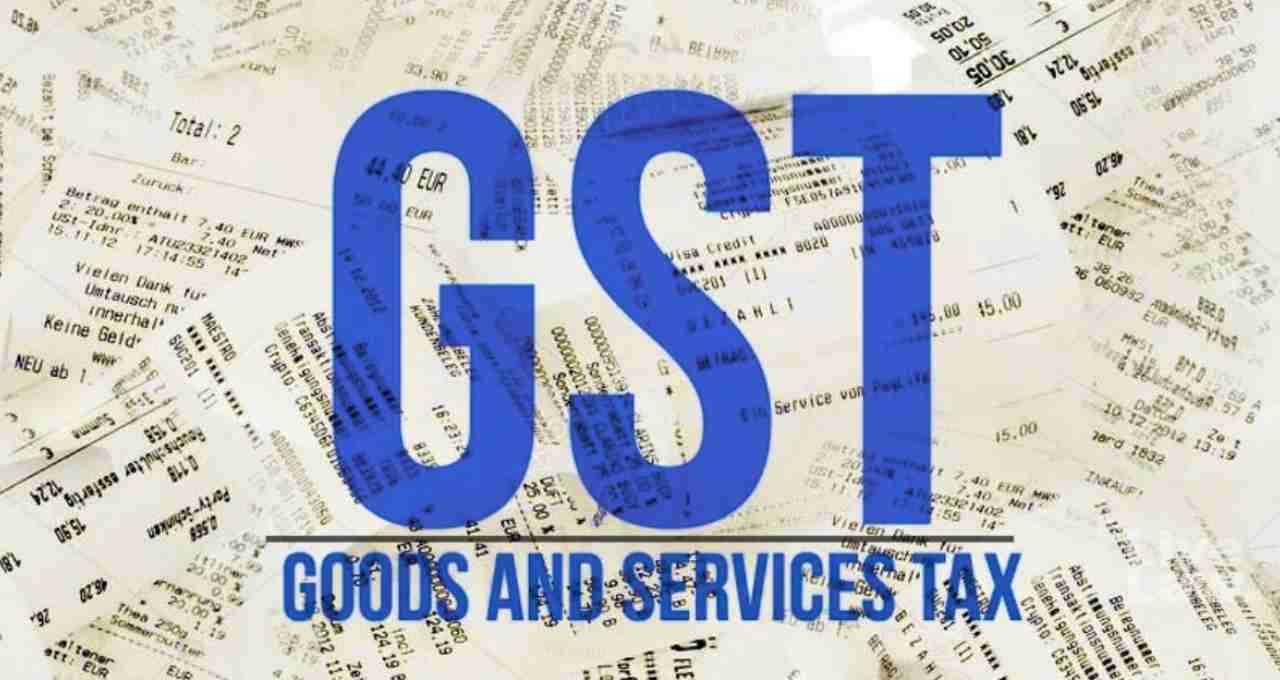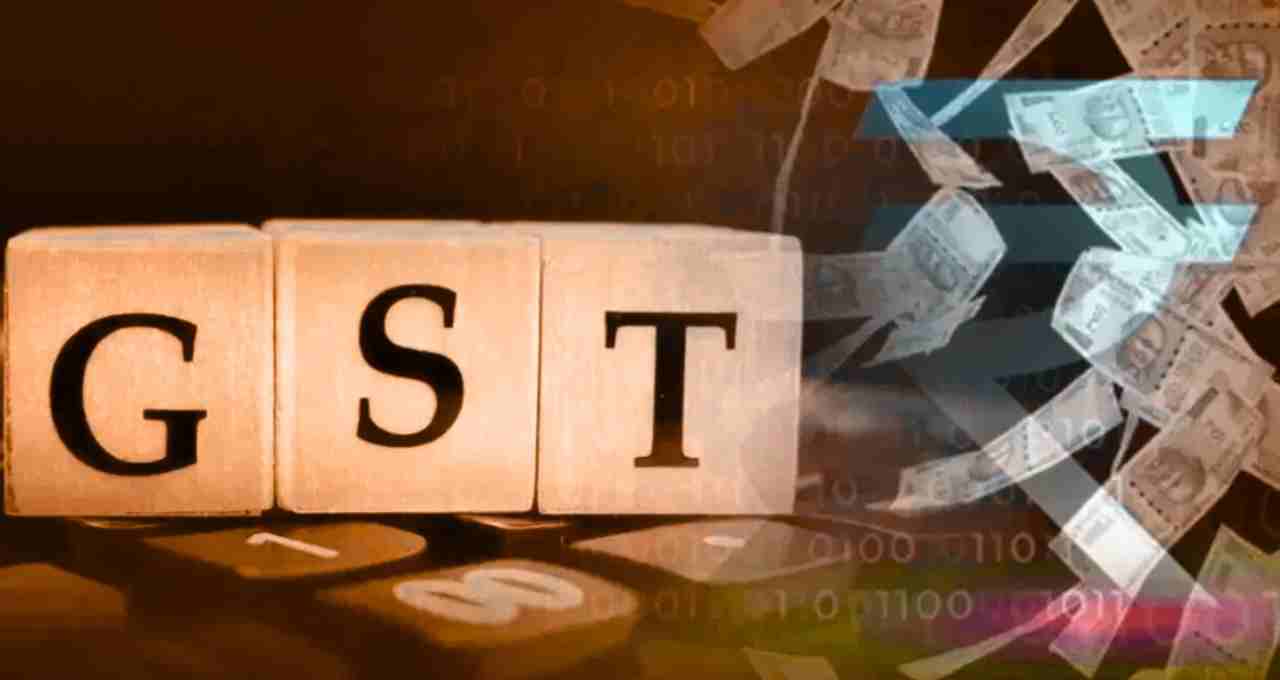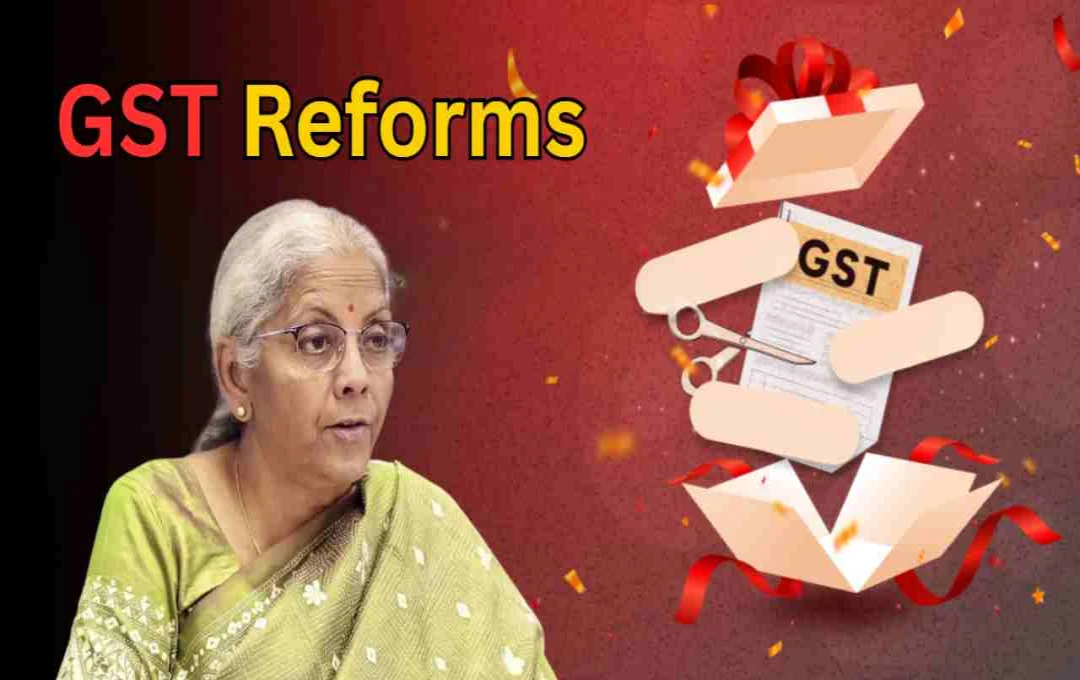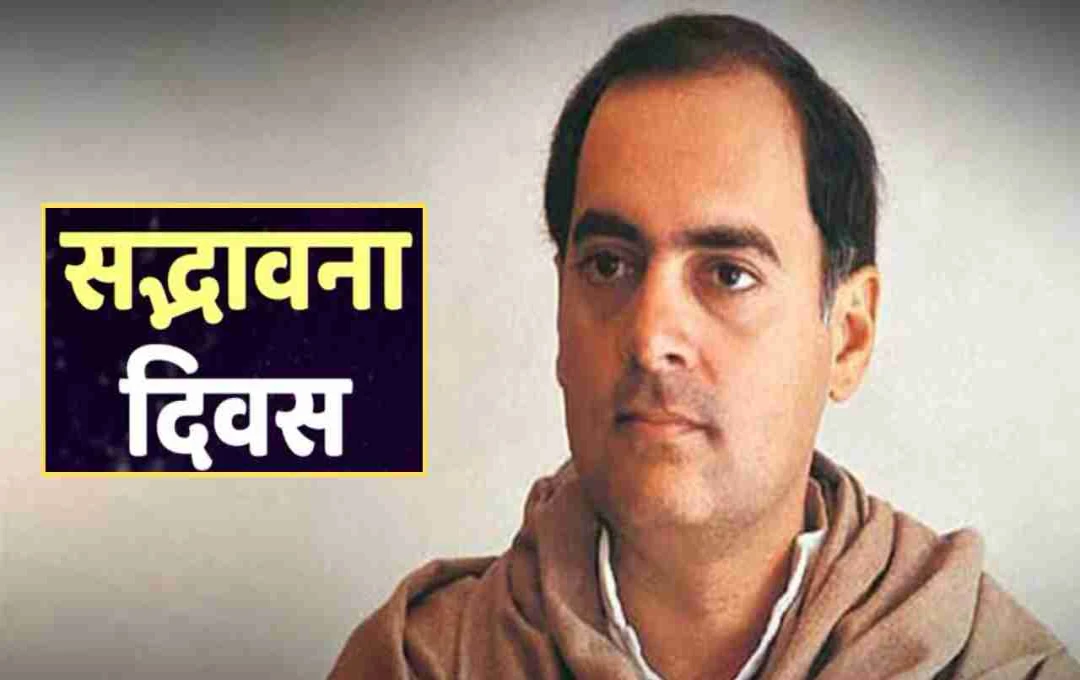Finance Minister Nirmala Sitharaman presented the GST reform proposal before the Group of Ministers (GoMs) of states. Under the plan, the existing four rates will be reduced to mainly two categories of 5% and 18%, while a special rate of 40% will be applicable on harmful goods. The proposal will ease compliance for businesses but may cause revenue loss to the government.
GST Reforms: Finance Minister Nirmala Sitharaman on Wednesday presented a detailed proposal for GST reforms before the Group of Ministers (GoMs) of states. It suggests reducing the existing rates of 5%, 12%, 18%, and 28% to two main categories of 5% and 18%. There is also a plan to impose a special rate of 40% on harmful goods. The meeting is discussing topics such as rate rationalization, tax on insurance, and compensation cess. If the proposal is implemented, the government may face an annual revenue loss of up to ₹85,000 crore.
Preparation for Changes in Tax Slabs

The government currently levies taxes on four GST slabs: 5 percent, 12 percent, 18 percent, and 28 percent. According to the new proposal, these slabs are planned to be reduced to mainly just two slabs: 5 percent and 18 percent. In addition, a special rate of 40 percent is also suggested to be applied to sin goods, which are considered harmful to society.
Clarifying the need for this plan, the Finance Minister said that the complexity of tax rates and difficulty in compliance have become a challenge for businesses in the current scenario. The new reform will enable businesses to pay taxes easily, and administrative work will also be simplified.
Meeting and Topics of Discussion
The Finance Minister's address lasted for about 20 minutes. Issues such as rate rationalization, tax on the insurance sector, and compensation cess were discussed in detail at the meeting. The GoM group related to the insurance sector is considering a reduction in GST rates on health and life insurance premiums. At the same time, the compensation cess group will give its suggestions, especially in cases where the repayment deadline has expired.
Responsibility of Rate Rationalization Group
The Rate Rationalization GoM has been given the responsibility of suggesting solutions to problems such as revision of tax slabs, simplification of rates, and duty inversion. The next meeting of this group is scheduled to be held on August 21. In this meeting, suggestions for changes will be prepared keeping in mind the concerns of traders and states.
Potential Revenue Impact
According to the SBI Research report, if the proposed changes are implemented, the government may face an annual revenue loss of approximately ₹85,000 crore. At the same time, if the new rates are implemented from October 1, there may be a shortfall of about ₹45,000 crore in the current financial year.
Timeline of GST Reforms

After approval from the GoMs, these reforms will be placed before the GST Council. The next meeting of the GST Council is likely to be held next month. Prime Minister Narendra Modi has already indicated that GST reforms will be implemented by Diwali.
At the time of GST implementation, the average effective tax rate was 14.4 percent. By September 2019, this rate had decreased to 11.6 percent. With the implementation of the proposed new rates, the average effective tax rate may come down to 9.5 percent. This change is likely to reduce business costs and have a positive impact on the prices of goods and services.
Ease of Doing Business with GST Reform
The Finance Minister also stated on this occasion that the objective of GST reform is not only to reduce the tax rate but also to simplify the rules for traders. With the new proposal, businesses will benefit from less paperwork and easier return filing.
It was also discussed in the GoMs meeting that the new reforms will be implemented in collaboration with the states. This will maintain a balance between state revenue and central revenue. The ministers of all the states shared their suggestions, and the Finance Minister assured that they would be given attention.















